We have 3 coops now and we keep thinking that each one is the last one. Chicken math is a real thing people! In our case it would be chicken and duck math, the numbers just keep increasing….
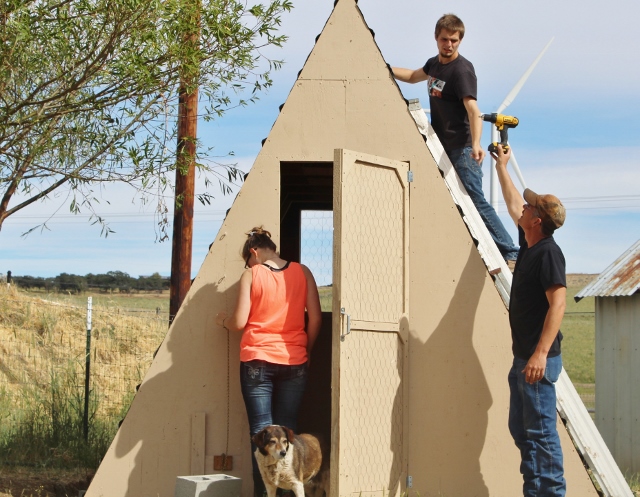
The point of this new coop is to house our meat chickens and ducks during the summer and the egg laying ducks during the winter. Our first coop for our hens easily accommodates twenty birds, and another small coop that was originally mobile now has two levels. The upstairs houses our 3 bantam hens and the down stairs is our transition coop where the chicks or ducklings go when they out grow the brooder, but are not big enough to free range with the mature flock. It’s a great place to “introduce” the young birds to the rest of the flock. The hens always seem curious about the new peeps when we put them in there. When we do turn them out it’s a smooth transition having become familiar with each other through the fence already.
Here is a video tour of our new coop. We are new to this video thing, so it took us a few tries and we ended up tag teaming and put the videos together. At the very least, you should get a good laugh at our awkward first attempt at sharing our adventures in this way.
Here are 10 things to consider before building or buying your new coop.
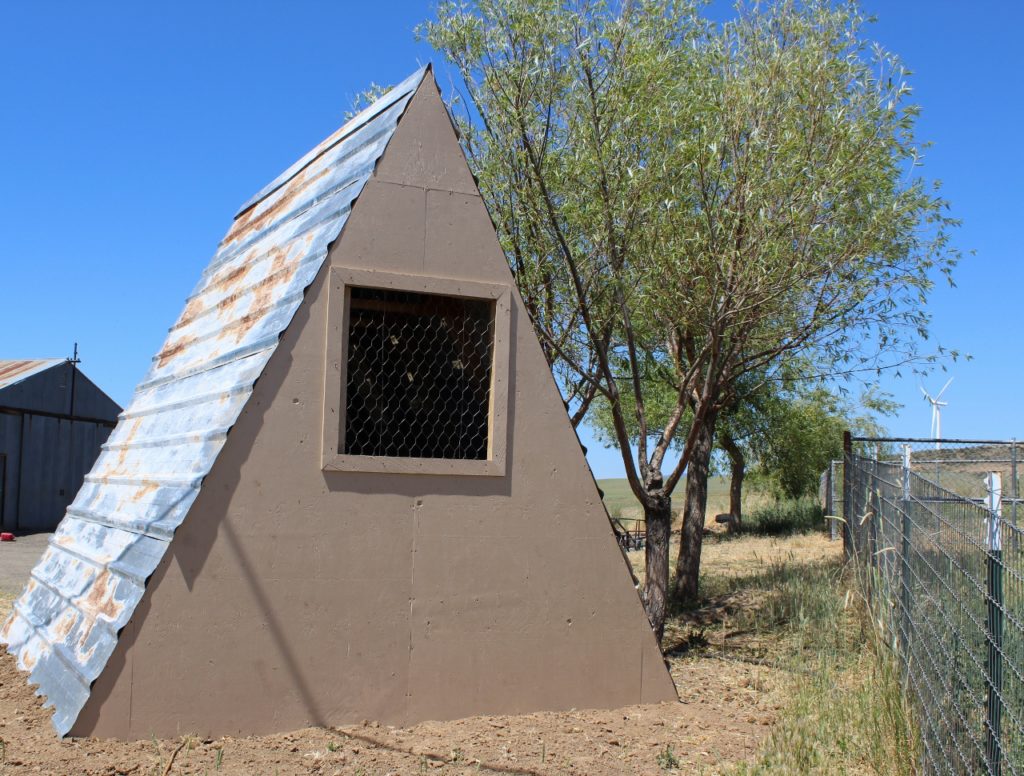
1. Where to build it? Do you have easy access to power and water if you need it? Is there shade and or protection from the wind?
2. How big? You will need at least 2 square feet of floor space per chicken. We like to give them more than that.
3. Mobile or not? Do you want to be able to easily move your coop and chickens around onto fresh pasture?
4. Building materials – Consider your climate, ease of construction, and expense. Think about materials you might already have laying around.
5. Chicken door – If you’re coop is above ground level you will need a ramp to the hole big enough for them to fit in with a closable and latch-able door. A 10″ by 10″ hole is the recommended size, but ours is 8″ and works fine for the hens. We will likely need to enlarge it for the meat ducks.
6. Ventilation – There should be plenty of air flow without being drafty at night. Adjustable ventilation is ideal.
7. Nesting boxes – Easy access to the nesting boxes for you and the chickens is a must. You will need 1 nesting box for every 4 to 5 laying hens and 1′ x 1′ x 1′ is a good size for a nesting box.
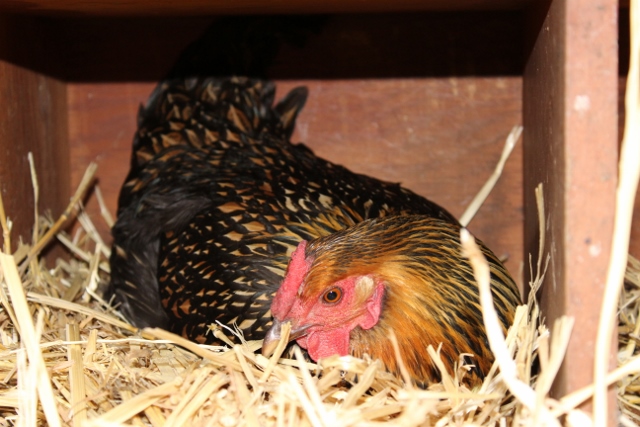
8. Easy access for cleaning. Are you going to need to get the wheel barrow in the coop? Is the door big enough?
9. Roosts – You should have at least 8 inches of roosting space per hen. Your chickens will be on the roosts all night pooping and pooping so make sure they are not above the nesting boxes or their food and water. You’ll want to think about the easiest way to clean under them. If you are just raising meat chickens you will not need roosts.
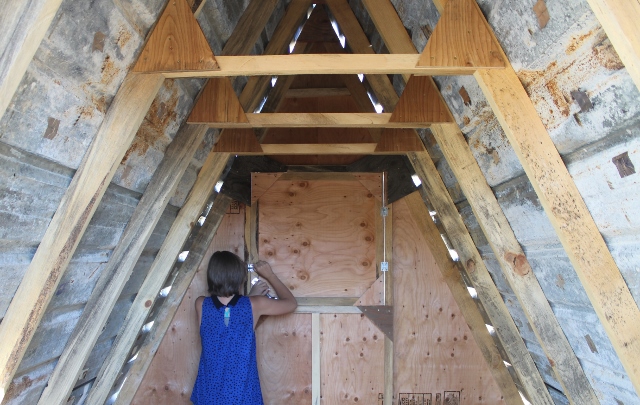
10. Predator proof is the whole point of a coop, so make sure there are no spaces bigger than one inch anywhere on the coop. Some predators are pretty smart making secure latches on all doors and windows a must.
There is no such thing as a perfect coop. Each situation is different; where you live (climate, neighbors, road?…) what kind of chickens you have and why you have chickens will all be huge factors in what kind of a coop works for you! A little forethought before you order or build will save you a lot of adjustments and frustration in the long run!
If you have any chicken coop tips we would LOVE to hear about them!
This post was shared at: From The Farm Blog Hop –

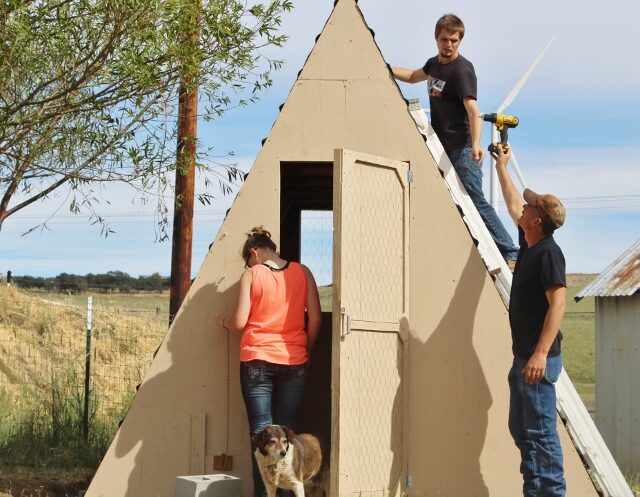

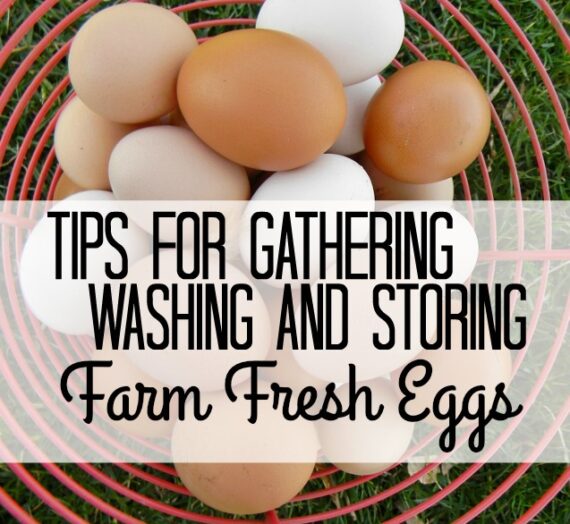
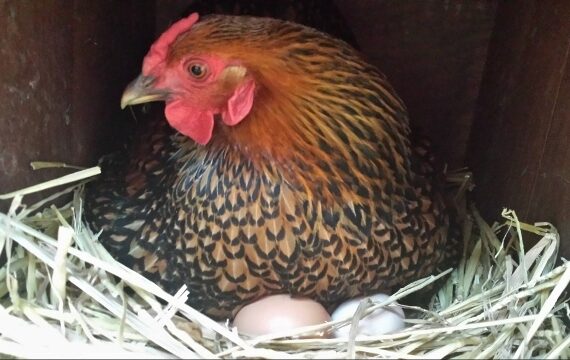
Bart Deb Hunt
Congratulations on the great Chicken Coop!
You could probably build and sell them Jess.. : 0
Keep up the good work you guys.
Marta
Personally, I loved the vid. It makes a viewer feel like a friend that just dropped in and got a tour of the new project.
sufficientacres@gmail.com
Thank you Marta, that is very encouraging to us!